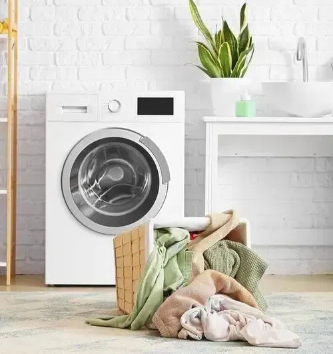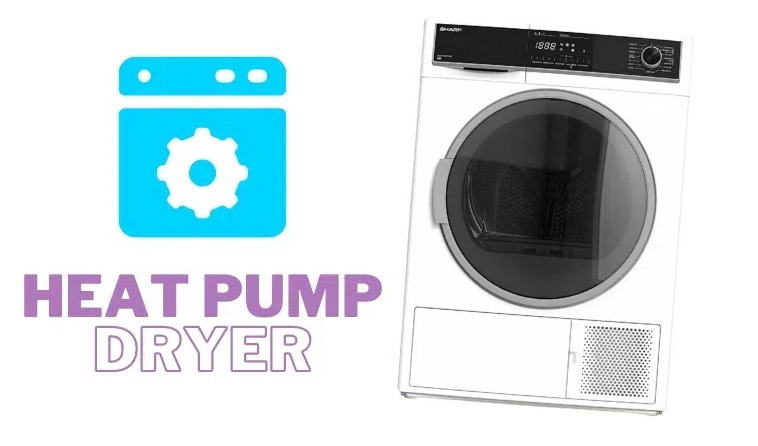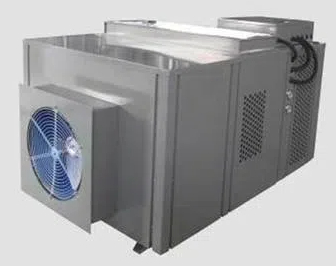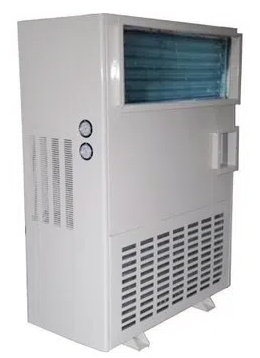
Content Menu
● Introduction
● Understanding Heat Pump Dryer Technology
● Key Benefits of Heat Pump Dryers
>> 1. Energy Efficiency
>> 2. Cost Savings
>> 3. Gentle on Clothes
>> 4. Environmental Impact
● Installation and Space Considerations
● Maintenance Requirements
● Performance Considerations
● Smart Features and Modern Conveniences
● Economic Analysis
● Environmental Impact
● Making the Decision
● Frequently Asked Questions
>> Q1: How much energy do heat pump dryers save compared to conventional dryers?
>> Q2: Why do heat pump dryers take longer to dry clothes?
>> Q3: Do heat pump dryers require special installation?
>> Q4: What is the expected lifespan of a heat pump dryer?
>> Q5: Are heat pump dryers worth the higher initial cost?
Introduction
As energy efficiency becomes increasingly important in our daily lives, heat pump dryers have emerged as an innovative solution for modern laundry needs. This comprehensive guide will explore the technology, benefits, and considerations of heat pump dryers to help you make an informed decision.
Understanding Heat Pump Dryer Technology
Heat pump dryers represent a significant advancement in laundry technology. Unlike conventional dryers that expel warm air outside, these innovative appliances use a closed-loop system that continuously recycles hot air to dry clothes. The process involves sophisticated heat exchange technology that removes moisture while maintaining energy efficiency.

Key Benefits of Heat Pump Dryers
1. Energy Efficiency
Heat pump dryers are remarkably energy-efficient, using significantly less electricity than conventional dryers. This efficiency stems from their ability to reuse heated air rather than continuously generating new heat.
2. Cost Savings
While the initial investment may be higher, heat pump dryers can lead to substantial long-term savings on energy bills. The reduced energy consumption translates to lower operating costs over the appliance's lifetime.
3. Gentle on Clothes
The lower drying temperatures used in heat pump dryers are gentler on fabrics, helping to preserve the quality and longevity of your clothing. This means less wear and tear on your favorite garments.
4. Environmental Impact
By consuming less energy and using more environmentally friendly technology, heat pump dryers contribute to a reduced carbon footprint. This makes them an excellent choice for environmentally conscious consumers.
Installation and Space Considerations
Heat pump dryers offer flexible installation options since they don't require external venting. This makes them suitable for apartments and spaces where traditional venting might be challenging. However, they do require proper ventilation and space for air circulation.
Maintenance Requirements
Maintaining a heat pump dryer is relatively straightforward but requires attention to specific components:
- Regular cleaning of the condenser unit
- Emptying the water collection tank
- Cleaning lint filters after each use
- Periodic checks of the heat exchanger
Performance Considerations
While heat pump dryers offer numerous advantages, it's important to understand their performance characteristics:
- Longer drying cycles compared to conventional dryers
- Lower temperature operation
- Variable capacity options
- Advanced moisture sensing capabilities

Smart Features and Modern Conveniences
Modern heat pump dryers come equipped with various smart features:
- WiFi connectivity
- Smartphone control options
- Multiple drying programs
- Automatic moisture sensing
- Delayed start options
- Wrinkle prevention cycles
Economic Analysis
When considering a heat pump dryer, it's important to evaluate:
- Initial purchase price
- Expected energy savings
- Potential utility rebates
- Long-term maintenance costs
- Expected lifespan of the appliance
Environmental Impact
Heat pump dryers contribute to environmental sustainability through:
- Reduced energy consumption
- Lower carbon emissions
- No external venting requirements
- More efficient use of resources
- Longer appliance lifespan
Making the Decision
Consider these factors when deciding if a heat pump dryer is right for you:
- Available space and installation requirements
- Initial budget constraints
- Long-term energy saving goals
- Environmental priorities
- Laundry volume and frequency
- Local energy costs
- Climate conditions

Frequently Asked Questions
Q1: How much energy do heat pump dryers save compared to conventional dryers?
A1: Heat pump dryers typically use 40-60% less energy than conventional dryers. This significant reduction in energy consumption leads to lower operating costs and reduced environmental impact.
Q2: Why do heat pump dryers take longer to dry clothes?
A2: Heat pump dryers operate at lower temperatures and use a more gentle drying process. While this results in longer drying times (typically 1.5-2 hours per load), it also provides better protection for your clothes and uses less energy.
Q3: Do heat pump dryers require special installation?
A3: Heat pump dryers don't require external venting, making them more flexible in terms of installation. However, they do need adequate ventilation space and access to a drain or a water collection container.
Q4: What is the expected lifespan of a heat pump dryer?
A4: With proper maintenance, heat pump dryers typically last 10-15 years, which is comparable to or slightly longer than conventional dryers. Their sophisticated technology and quality components contribute to their durability.
Q5: Are heat pump dryers worth the higher initial cost?
A5: For most households, the higher upfront cost of a heat pump dryer is offset by energy savings over time. The payback period typically ranges from 3-5 years, depending on usage patterns and local energy costs.












